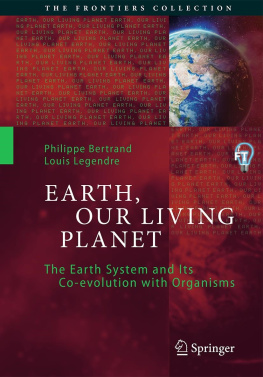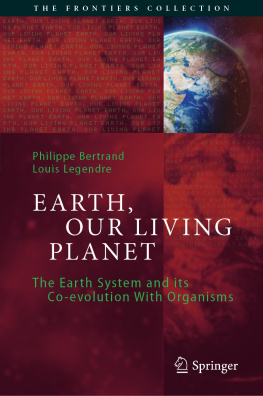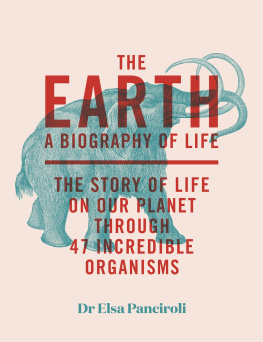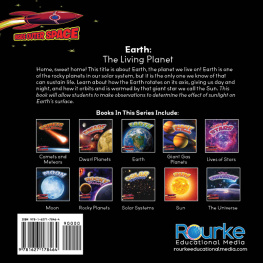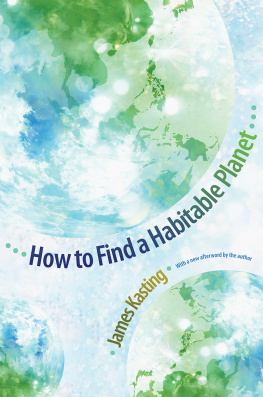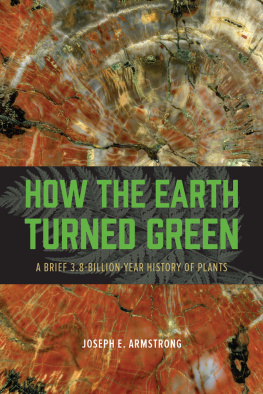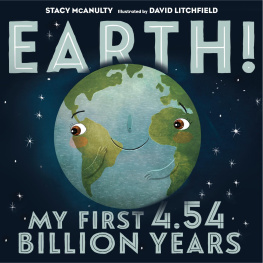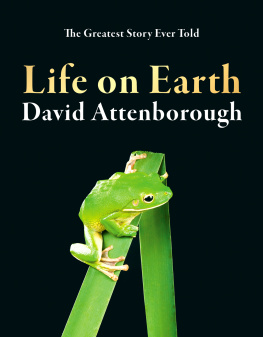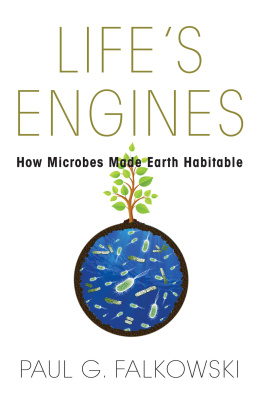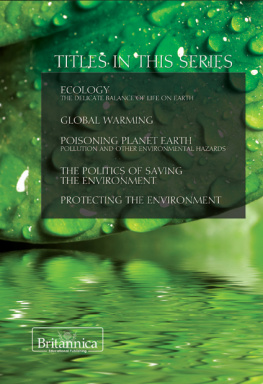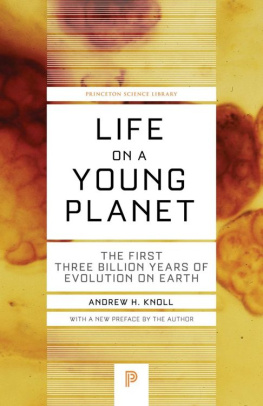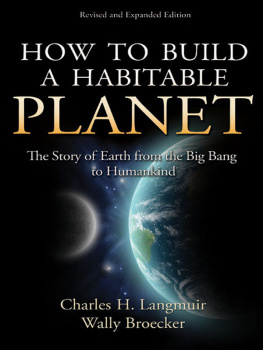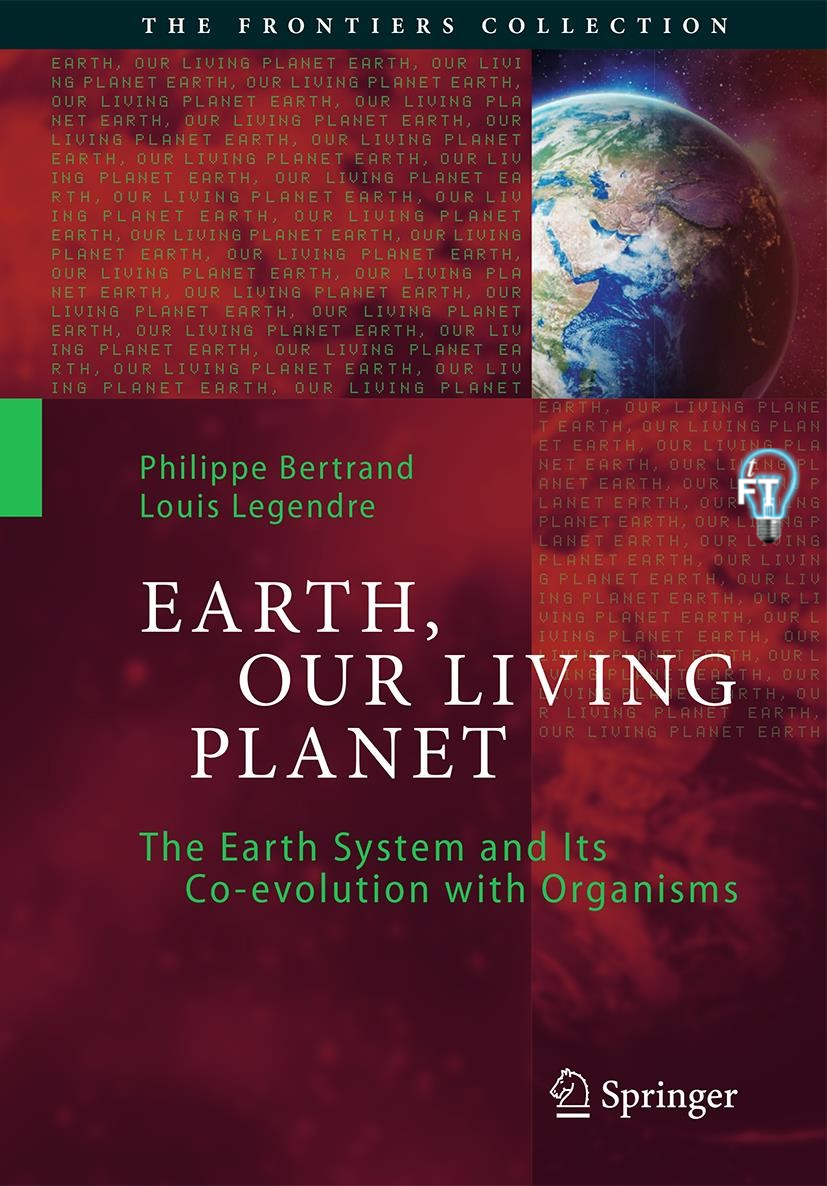The Frontiers Collection
Series Editors
Avshalom C. Elitzur
Iyar, Israel Institute of Advanced Research, Rehovot, Israel
Zeeya Merali
Foundational Questions Institute, Decatur, GA, USA
Thanu Padmanabhan
Inter-University Centre for Astronomy and Astrophysics (IUCAA), Pune, India
Maximilian Schlosshauer
Department of Physics, University of Portland, Portland, OR, USA
Mark P. Silverman
Department of Physics, Trinity College, Hartford, CT, USA
Jack A. Tuszynski
Department of Physics, University of Alberta, Edmonton, AB, Canada
Rdiger Vaas
Redaktion Astronomie, Physik, bild der wissenschaft, Leinfelden-Echterdingen, Germany
The books in this collection are devoted to challenging and open problems at the forefront of modern science and scholarship, including related philosophical debates. In contrast to typical research monographs, however, they strive to present their topics in a manner accessible also to scientifically literate non-specialists wishing to gain insight into the deeper implications and fascinating questions involved. Taken as a whole, the series reflects the need for a fundamental and interdisciplinary approach to modern science and research. Furthermore, it is intended to encourage active academics in all fields to ponder over important and perhaps controversial issues beyond their own speciality. Extending from quantum physics and relativity to entropy, consciousness, language and complex systemsthe Frontiers Collection will inspire readers to push back the frontiers of their own knowledge.
More FREE books at www.textseed.xyz/
Preface
We, the two authors of this book, are both oceanographers, but our scientific and geographic backgrounds are quite different. One of us was initially trained as a chemist, and spent most of his career in France. The other was initially trained as a biologist, and spent the first part of his career in Canada before moving to France. In the latter country, one of us was based on the Atlantic Ocean and the other on the Mediterranean Sea. We first met in the multidisciplinary context provided by the French national research organization CNRS (Centre National de la Recherche Scientifique). Talking together, we realized that we shared a common interest in topics that went beyond our own scientific domains.
In 2004, Louis Legendre published a book on the discovery process entitled Scientific Research and Discovery: Process, Consequences and Practice (International Ecology Institute, Oldedorf-Luhe) followed by an abridged electronic edition in 2008 ( what we mean by takeover in this context.
Indeed, there is a large body of studies on the emergence of life on Earth and its further diversification into billions of species, both extinct and extant. These studies involve such scientific disciplines as molecular and cell biology, developmental and evolution biology, genetics, taxonomy, and paleontology. There is another large body of research on the functioning of ecosystems and their perturbations by the ongoing climate change, which involve such disciplines as biogeochemistry, ecology, oceanography, limnology, and climatology. However, less attention is devoted to what lies between the two sets of phenomena, that is, the fact that organisms not only appeared and diversified on Earth, but became so abundant that they modified the physical and chemical environment of the planet and largely took over the functioning of the Earth System. This led us to the question: Which combination of factors led to this apparently unique development in the Solar System? We thought that trying to answer this question would be an original contribution to Earth System Science.
Philippe Bertrand had already provided some high-level answers to this deep question in his 2008 book, in a form mainly intended for experienced researchers. For the present book, we decided early (in 2011) to address a more general audience. We looked for a possible Publisher for our future work, and found that the books in Springers Frontiers Collection were devoted to challenging and open problems at the forefront of modern science and scholarship [] written in a manner accessible also to scientifically literate non-specialists. This corresponded precisely to what we had in mind for our book. In turn, the approach underlying the collection largely determined our approach to the book, including the encouragement to active academics in all fields to ponder over important and perhaps controversial issues beyond their own speciality.
As we wrote our manuscript, we investigated numerous domains of astronomy, geology, geophysics, chemistry, climatology, biology, ecology, systems theory, and other disciplines, in which we revisited the territories we had journeyed in the past and also explored new lands. The resulting information influenced the content and structure of the book, and the resulting changes to our original plans led us to explore new domains of knowledge.
The book thus took a life of its own, but we always reined in our exploration of new areas of knowledge to stay on the track of the conditions that have enabled organisms and ecosystems to take over the Earth System. Accordingly, each of the first eight chapters of the book begins with the identification of a connection between organisms and the Earth System, after which information from several disciplines is combined to explain the occurrence of this global connection. The last three chapters are progressively broader syntheses of the materials presented in the previous chapters, which lead to general mechanisms that govern the functioning of the Earth System (Chapter ).
Experts from the many disciplines cited above may well find that we have not delved into certain topics enough and taken too many shortcuts. However, we have deliberately written our book for non-specialists, namely scientifically literate members of the general public, students, and colleagues from various scientific and non-scientific disciplines who would be fascinated by the interactions between astronomical, geological, environmental, biological phenomena and ecological characteristics of the planet that led to the unique Earth System.
Philippe Bertrand
Louis Legendre
Bordeaux, France Nice, France
Acknowledgments
We first want to thank our patient and obliging draughtsman, Mohamed Khamla, who drew or modified most of the figures in this book. His contribution was essential, and we thank the Director of the Institut de la Mer de Villefranche for allowing him to devote innumerable hours to our book. We are particularly indebted to nine colleagues who each pre-read some chapters of our manuscript, namely Maryam Cousin, Muriel Gargaud, Satoshi Mitarai, Andr Monaco, Tom Pedersen, Claude Pinel, Richard B. Rivkin, Carolyn Scheurle, and Marie-Thrse Vnec-Peyr. Their thoughtful suggestions greatly helped us improve our final text. We also thank the colleagues who provided us with information or assistance at various times during the writing of our book, in particular Leif Anderson, Andrew C. Clarke, Francisco Chavez, Katherine Clark, Christina De La Rocha, Peter J. Edmunds, Martine Fioroni, Jean-Pierre Gattuso, David M. Karl, Robert Knox, Nianzhi Jiao, Robbert Misdorp, Purificacin Lpez-Garca, Sophie Rabouille, Florian Rastello, Bruce H. Robison, Christian Sardet, David Schindler, Morgane Thomas-Chollier, and Paul Trguer. We are also very grateful to the researchers and institutions cited in the figure credits for giving us permission to use their illustrations. Alexis Vizciano has been our kind and helpful Editor from our first contact with Springer to the publication of the book. Last but not least, during the many years between the conception of this book and its publication, we benefited from the constant support and wise advice of Marie-Soline Bertrand and Mami Ueno-Legendre, without whom this book would not have become a reality.

